Have you ever wondered why people run against traffic? Are they on the wrong side of the street? Are there actual laws around where to run? This is hugely important information that we want to make sure every runner knows for safety.
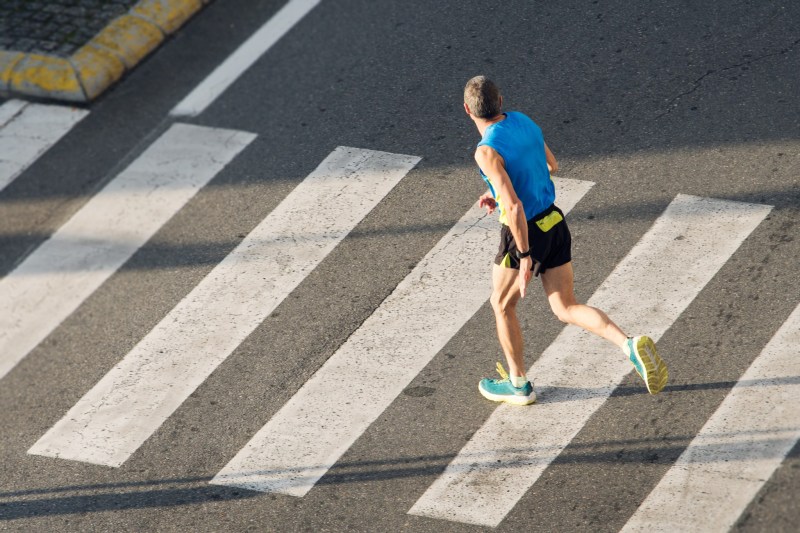
Running Against Traffic
Let’s start with the biggest and most important one right off the bat!
It’s actually against the law in many places to run with traffic, and for good reason.
It not only allows you to react quicker if a vehicle is coming too close. And the best defense you have against a 1,000lb moving target is offense. You have to be far more aware of your surroundings.
You’re able to make eye contact with drivers and signal them if you sense danger. They can also see you, which helps them anticipate your next move.
Unfortunately, some people have been given the false information that being hit from behind would have less of an impact….NO. If you’re hit from any direction the impact is too much and psychics doesn’t change if you are running away from the vehicle and a whooping 5mph to their 40mph.
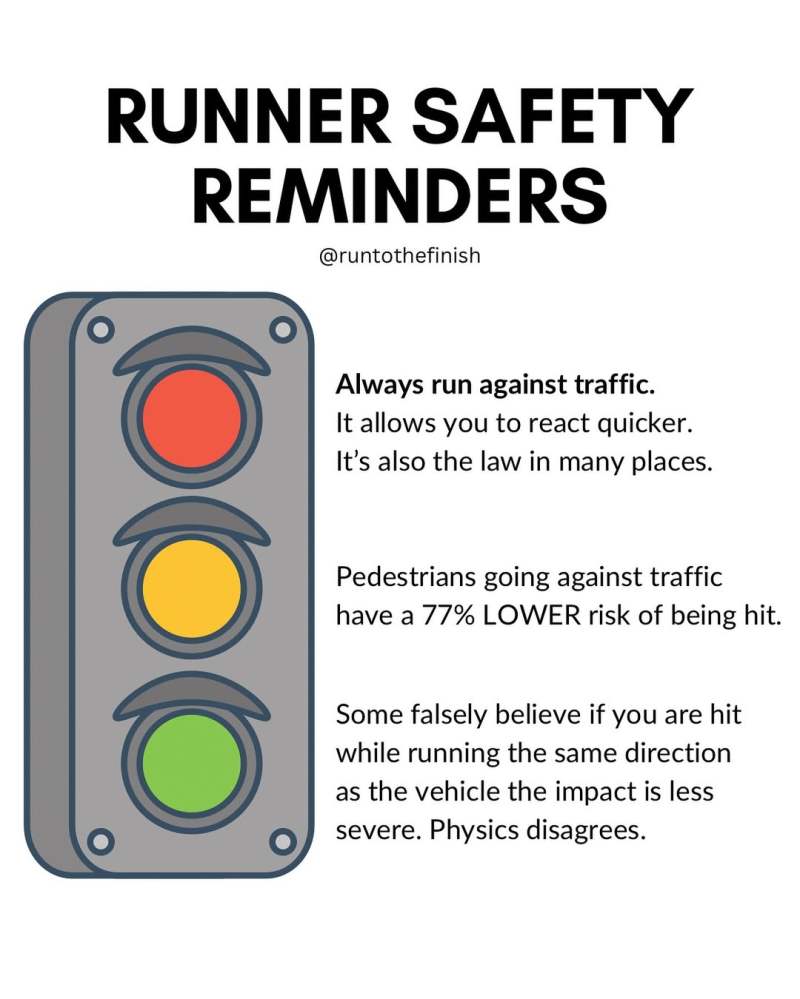
This Finnish study found that pedestrians moving against traffic were 77% less likely to be involved in a crash in the first place, which is obviously the optimal outcome.
Other scientists were looking to learn whether or not injuries sustained by pedestrians walking with traffic were more severe and/or deadly than those walking against.
One study involving 14,382 pedestrians involved in automobile crashes over 5 years, found that pedestrians struck while moving with the traffic were more likely to end up with head injuries, as well as being more likely to perish from the incident.
Several factors played into how serious these injuries turned out to be, but overall, they found that reduced-visibility situations also contributed more significantly when pedestrians were walking with the traffic.
Head injuries are by far the most common and the most serious result of these encounters.
Blind Curves and Hills Can Be an Exception
These are the exception to the rule when it comes to running against traffic.
You’ll want to run with traffic in these scenarios, because it allows you to see vehicles coming up behind you, whereas they might not have been able to spot you if the positions were reversed.
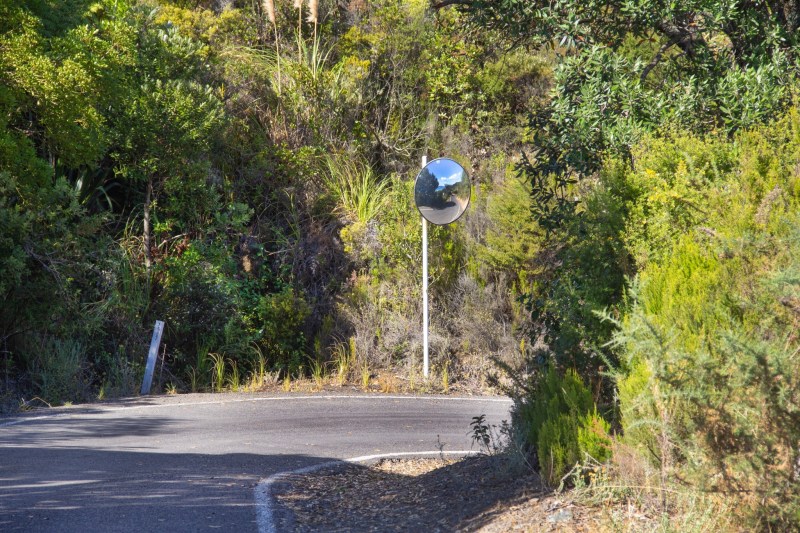 If you know your route includes these tricky situations, wear bright clothing and be hyper-aware of what you hear while your navigating the hill or curve.
If you know your route includes these tricky situations, wear bright clothing and be hyper-aware of what you hear while your navigating the hill or curve.
Using the Sidewalk
While many of us were once told that running on the asphalt is easier on the joints, it’s just not true.
And if you really think about it…of course it’s not. They’re both hard surfaces and the amount of pressure our small bodies are placing on it isn’t enough to make it softer.
So get back on that sidewalk whenever it’s available.Sidewalks are designed to separate pedestrians from traffic, greatly reducing your risk of injury due to not only vehicles, but from debris that can be found in the roadway.
What About Crosswalks?
Admit it, many of us cross where we want to because we don’t want to wait at a light signal.
In many places, pedestrians have the right of way at a crosswalk, which could give you some legal protection in the case of an accident.
You are most likely to be in danger of being hit near commercial zones, in places where the speed limit is over 30mph and with more than 25,000 vehicles passing through every day.
Especially in those locations, use the sidewalk, use the crosswalk and be aware.
Crosswalks are typically marked with bright paint, signs, and signals, all of which make pedestrians more visible to drivers. This makes it safe for you to run across the road, as drivers are mentally trained to both slow down and stop.
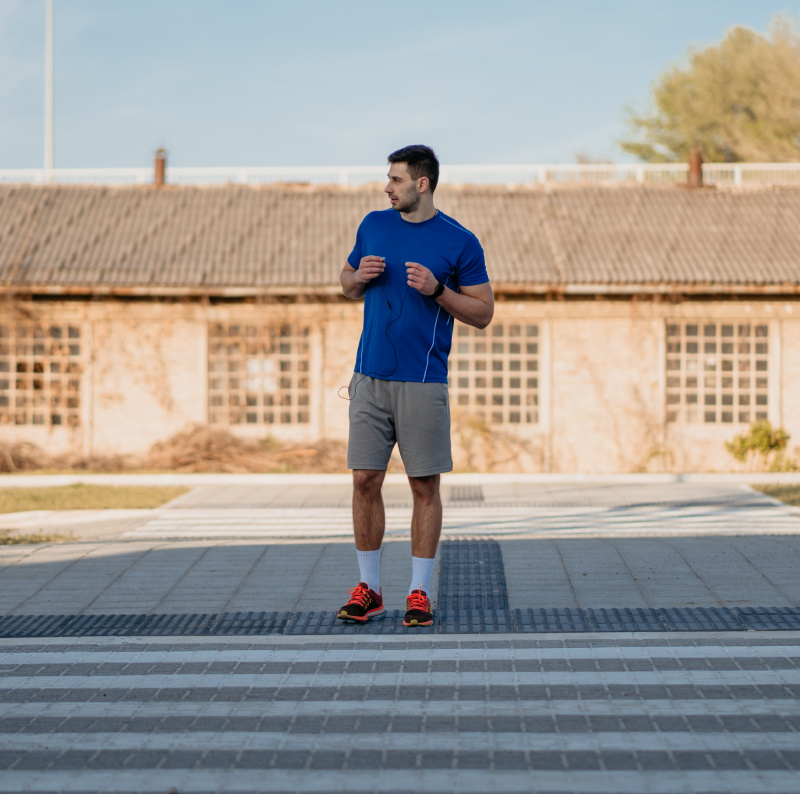
Where You Live Plays a Role
Many of us intuitively know this is true, but there’s data to support that some places are safer for pedestrians than others.
Research has also found that race plays a factor, with Black and Hispanic pedestrians more likely to be hit than their white, Asian, or Pacific Islander counterparts.
The authors of a September 2020 paper stated they were confident in these findings.
“Our results also align with previous research that has established links between race and inequities in safety and accessibility of transportation, including walking, and neighborhood social inequities, traffic volumes, road design, and road traffic injuries.”
Researchers believe that these inequities and other could be improved by taking a look at pedestrian traffic and crosswalk availability/visibility in neighborhoods with high percentages of Black and/or Hispanic residents.
Many states, cities, and towns are trying to revamp crosswalks to make them more visible in an attempt to mitigate some of the 7508 pedestrian deaths and 47,000 hospitalizations that occurred in 2022.
These numbers are on the rise, prompting leaders in cities around the country to try to come up with ways to turn things around. Decorative pavers, infrastructure changes, and decorative and/or themed paint are all ideas that are being tried out in different places.
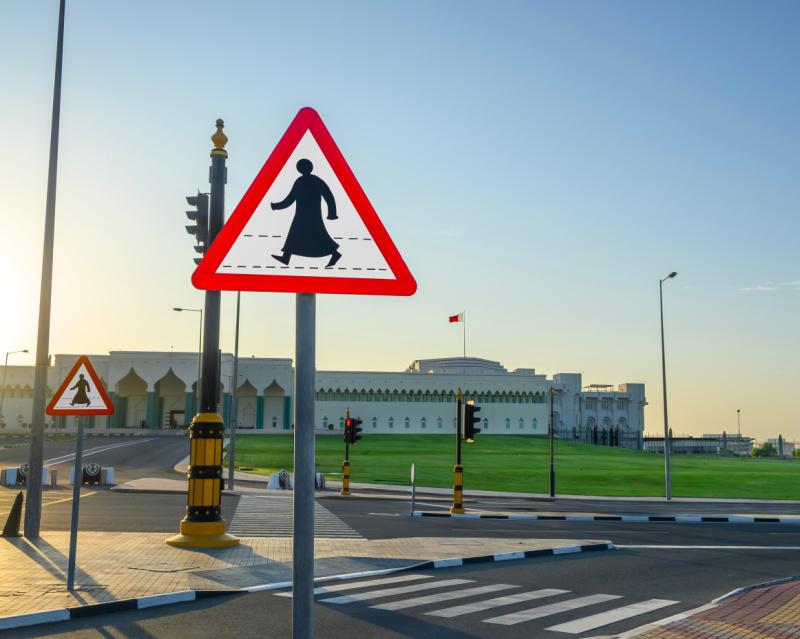
Research has shown that the best way to improve safety are well-lit crosswalks as well as signage nearby that alerts drivers to the upcoming crosswalk.
Law enforcement cameras and signal flags are also options that have been studied with positive results.
“Crossing flags are brightly colored, typically plastic, reusable flags that pedestrians carry across the roadway and then leave in a bucket on the other side.”
Those flags were monitored for 160 street crossings in Las Vegas and they noted that drivers were less likely to go through a crosswalk with a pedestrian in it, and more likely to yield to a pedestrian waiting on the sidewalk.
Many of us might be tempted to cross the street before the sign allows us to walk, if no cars are coming. It is illegal to cross against a light in most places, and could result in a ticket for jaywalking.
If an accident were to occur, you might be liable for any injuries if you were crossing against a light, too.
Just something to think about.
Bicycle Lanes
Have you ever had a fight with a biker over being in the bike lane?? We have.
It turns out there are often local ordinances that will specify whether pedestrians can use bike lanes or not. So you will need to Google your location to find out what the rules are.
*Some bike lanes are designated as mixed use, and if there are no sidewalks, it is appropriate to run in the bike lane as well.
Runners should treat bikes as traffic and run against them when possible.
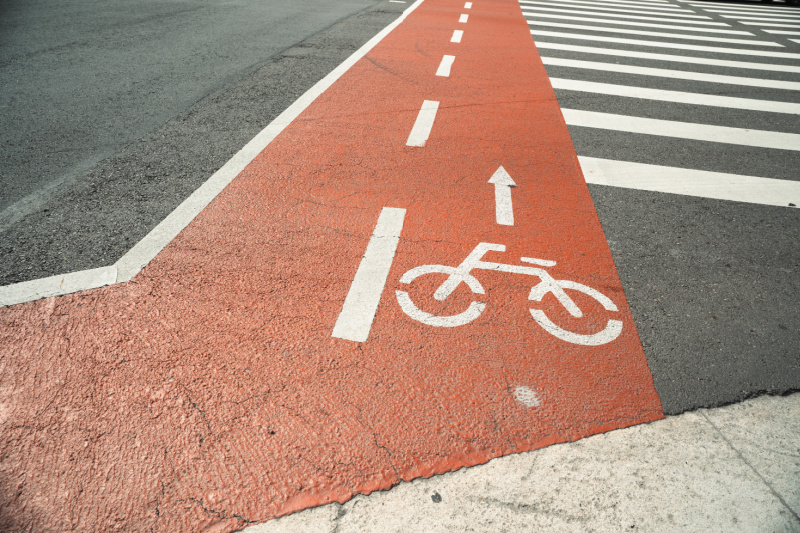 Many cities mark bike crossings and pedestrian crossings differently. They might be next to each other with different markings (dashes for bikes and parallel lines for pedestrians), or there might be a small bike symbol to designate the lane for bikers.
Many cities mark bike crossings and pedestrian crossings differently. They might be next to each other with different markings (dashes for bikes and parallel lines for pedestrians), or there might be a small bike symbol to designate the lane for bikers.
It is fairly common in busier cities to see bike lanes painted green, while pedestrian crossings remain white.
Some cities do require bikers to dismount when using shared-use or pedestrian crosswalks, but either way, staying in your lane (literally) can help avoid collisions and confusion when you’re sharing the road with a cyclist.
Hopefully these runner road safety tips gave you some info to both explain to others WHY you’re running against traffic, but also to keep you safe.
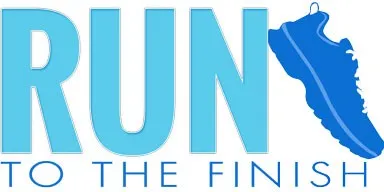


 Teva Aventrail: Why Running in Sandals Isn’t Actually Crazy
Teva Aventrail: Why Running in Sandals Isn’t Actually Crazy
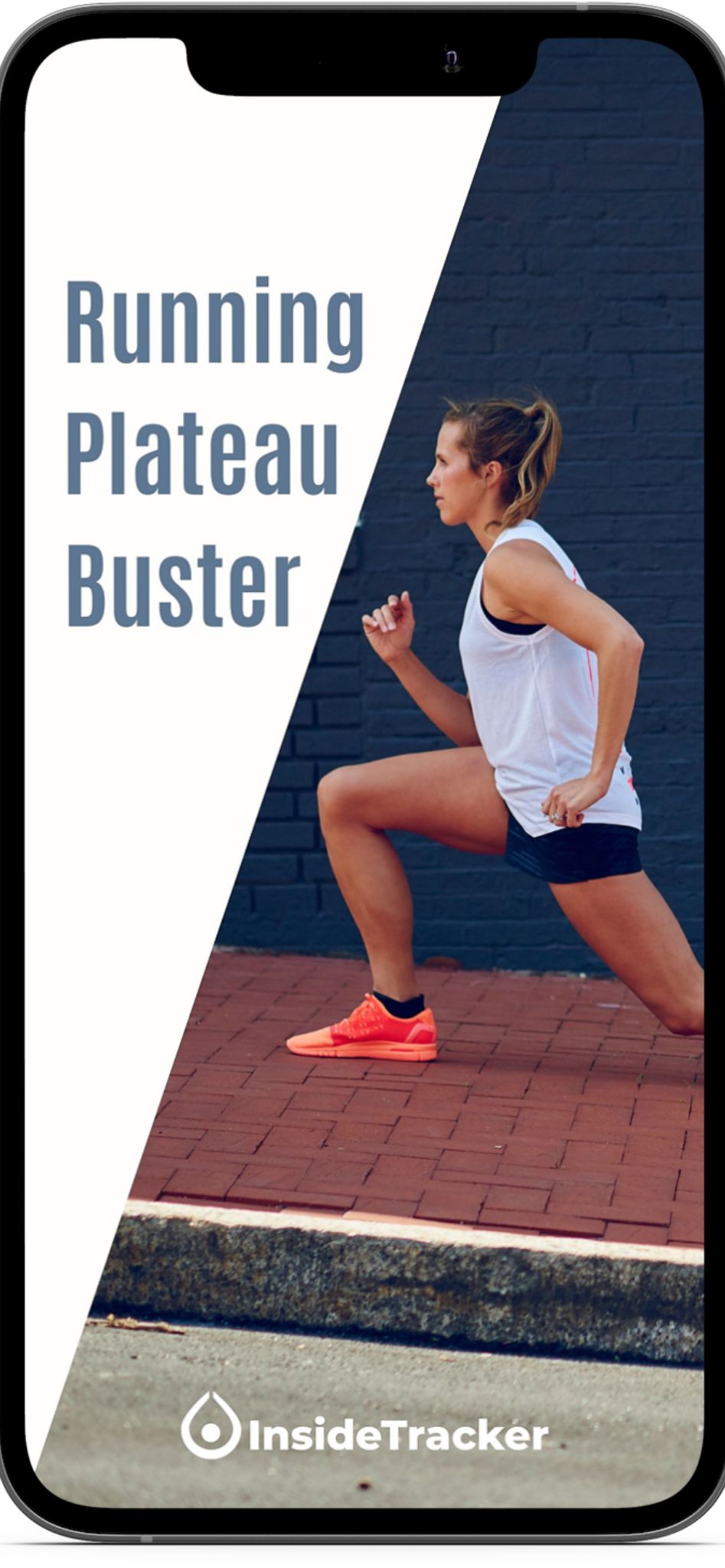
This is an absurd oversimplification: “And if you really think about it…of course it’s not. They’re both hard surfaces and the amount of pressure our small bodies are placing on it isn’t enough to make it softer.”
In reality, there is a measurable difference between running on asphalt and concrete sidewalk tiles. Asphalt IS softer and more shock-absorbent, which reduces stress impact on joints. Suggesting otherwise ignores both physics and practical experience. You have completely undermined your credibility with that statement.
Thank you for your feedback. I’ve actually spoken with an engineer about this and the amount of force that a person at 150lbs exerts is vastly different than a car. We are not able to exert enough force to feel a difference.
Asphalt roads have camber so you are always running cross slope which is harder on the lower side, another reason to run on sidewalks. I will switch sides on a road with a long straight away on occasion to give my left side a break if I’m doing a long run.
Ahh very true, a common cause of IT Band issues for people who run the same direction all the time on a camber.